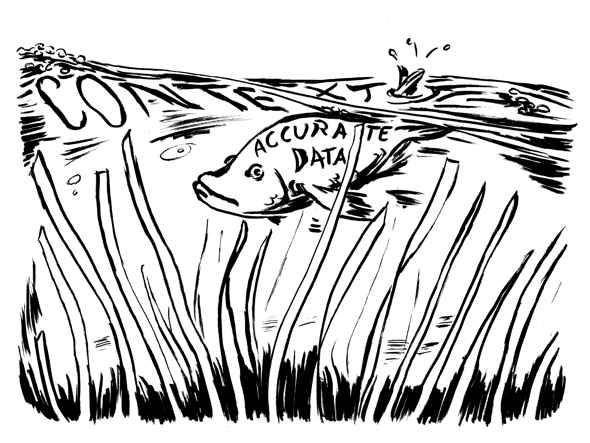Introduction of Data Collection Processes
Tip: Review the oral and written introductions prior to data collection efforts to identify potential triggers to stereotype threat and eliminate them. Don't mention any gender or race differences that have been found in tests or surveys being used.
Rationale: Stereotype threat refers to being at risk of confirming, as one's own individual characteristic, a negative stereotype about one's group (for example, that women aren't good in math or Blacks aren't good academically).1 Stereotype threat can have an impact on performance. For example, when a test of mental rotation was introduced as linked to success with regard to in-flight and carrier-based navigation engineering, nuclear propulsion engineering, etc., there was a large gender gap favoring males. When it was introduced as linked to clothing/dress design and interior decoration, the gender difference favoring males was small.2 When women and underrepresented men were told that the math test they would be taking did not show differences by gender and/or race, they scored better than they did when they were told the test found gender/race differences.3 Similar results have been found with men in terms of verbal skills and with White men in terms of athletic skills.4


